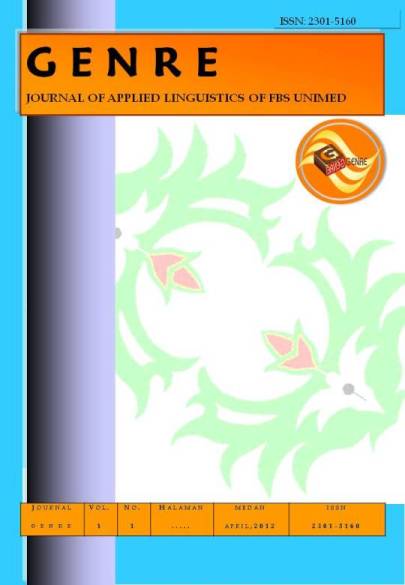The Use of Wordwall in Teaching English Vocabulary to Seventh-Grade Students at Islamic Junior High School
DOI:
https://doi.org/10.24114/gj.v14i1.68225Abstract
This study explores the use of Wordwall in teaching English vocabulary to seventh-grade students at an Islamic Junior High School and investigates the teacher's perception of this digital tool. It employs a descriptive qualitative design using the TPACK (Technological Pedagogical Content Knowledge) framework by Mishra and Koehler (2006) and the Technology Acceptance Model (TAM) by Davis (1989). Data were collected through classroom observation, interviews, and documentation. Observation focused on TPACK indicators, while interviews were based on TAM dimensions: Perceived Usefulness (PU) and Perceived Ease of Use (PEOU). Findings reveal that the teacher could independently operate Wordwall and adapt it to student characteristics using contextual and kinesthetic strategies. The teacher perceived Wordwall as easy to use and effective in enhancing student motivation and vocabulary comprehension. Despite minor technical challenges, the teacher managed them with appropriate strategies.Downloads
Published
2025-01-15
Issue
Section
Articles
License
Copyright (c) 2025 Habibatul Husna Ismail

This work is licensed under a Creative Commons Attribution-NonCommercial-NoDerivatives 4.0 International License.
Authors who publish with this journal agree with the following terms:
- Authors retain copyright and grant the journal right of first publication with the work simultaneously licensed under a Creative Commons Attribution License that allows others to share the work with an acknowledgment of the work's authorship and initial publication in this journal.
- Authors are able to enter into separate, additional contractual arrangements for the non-exclusive distribution of the journal's published version of the work (e.g., post it to an institutional repository or publish it in a book), with an acknowledgment of its initial publication in this journal.
- Authors are permitted and encouraged to post their work online (e.g., in institutional repositories or on their website) prior to and during the submission process, as it can lead to productive exchanges, as well as earlier and greater citation of published work (See The Effect of Open Access).
- This work is licensed under a Creative Commons Attribution-ShareAlike 4.0 International License.







.png)


